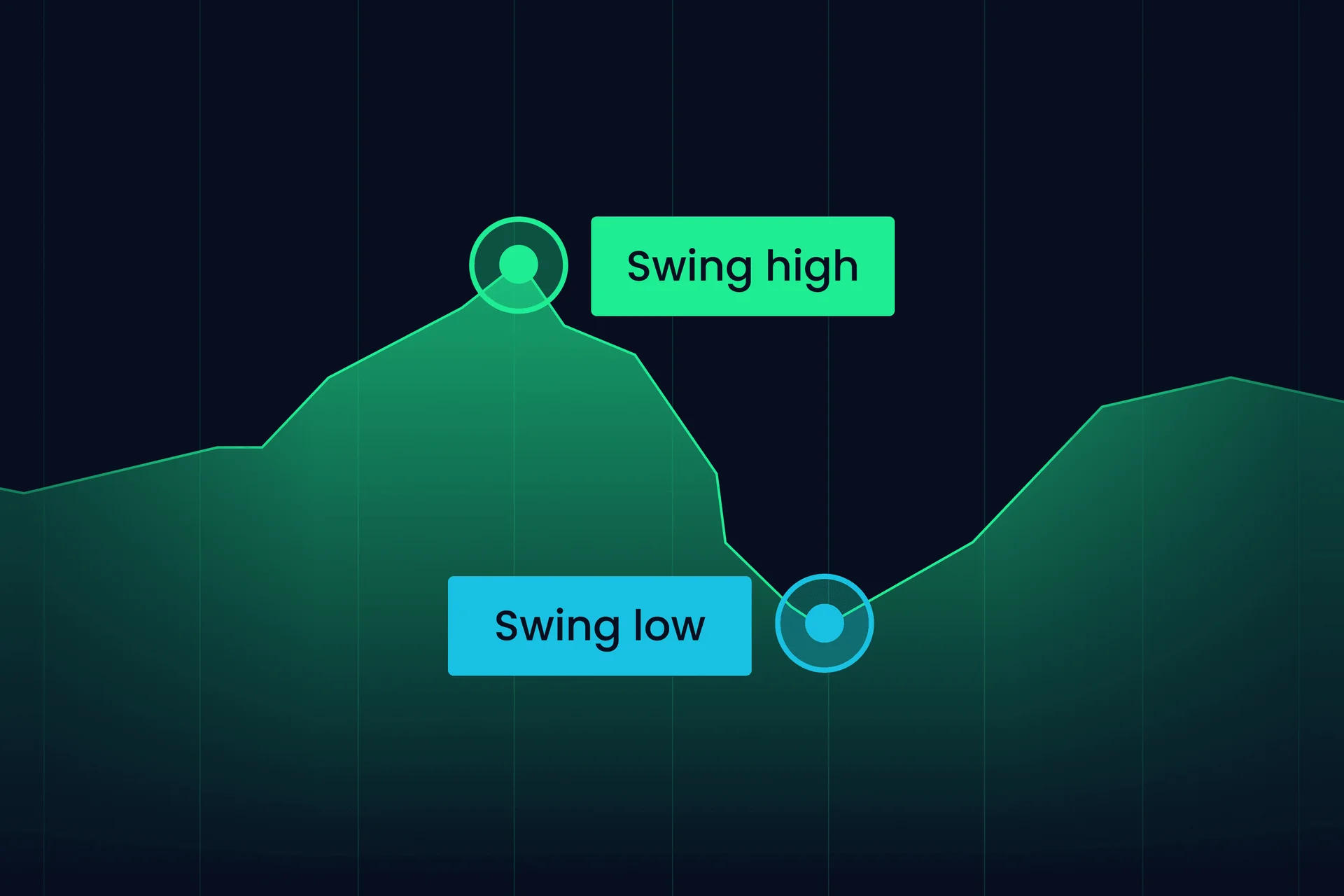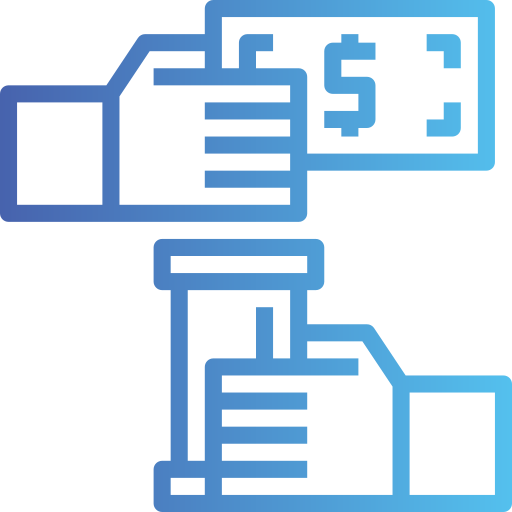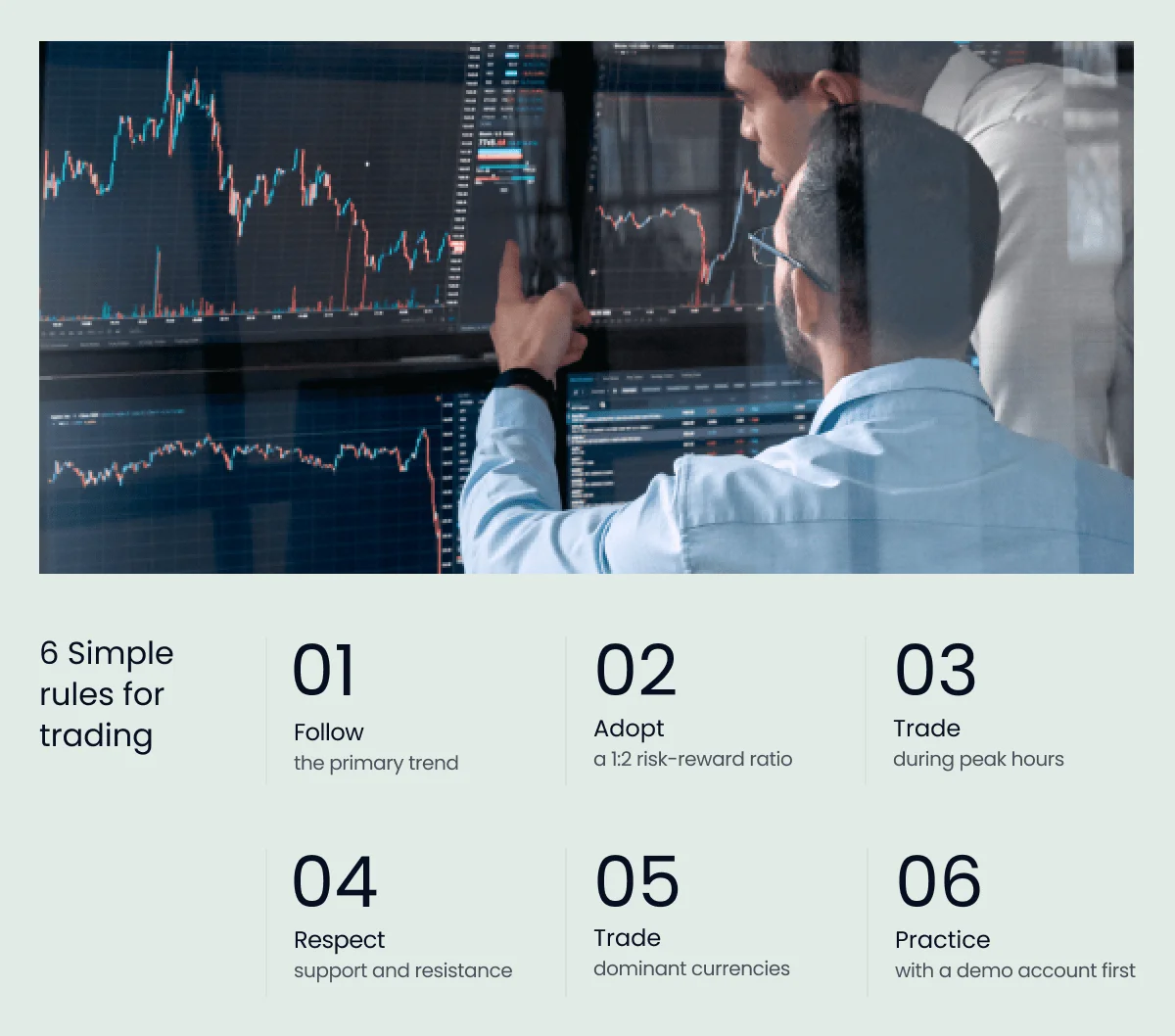Hedging Strategies with Exness
Hedging protects your trades from risks. Exness, you can employ various means to mitigate against the risk of losing money. Think of it as insurance for your trades, a tool for managing risk & feeling more safe in the markets.
The Concept of Hedging and Its Benefits with Exness
Hedging is essentially taking another position that will enable you to remove the risk of making a loss on your first position. So you are buying a currency pair, the market turned against you? You open a sell position to hedge. This convenience is granted by Exness, enabling traders to simultaneously open buy and sell positions.
Advantages of Hedging with Exness:
- Lower risk: A hedge protects you if the market goes against your trade.
- Protect Your Profits: One losing trade might be offset by a profitable one.
- Versatility: Exness provides various tools and options which make it easy to find the right suited for you.
- Preserve before the disturbance: When the market is shaking a lot, as in the post the information or any occasions, hedging encourages you to control the risk.

Hedging positions with Exness can make you feel more secure. This is the easiest way to turn back risk and secure your trades from surprise market movement.
Hedging Tools Available on Exness
Exness gives you several tools to help protect your trades. These tools are easy to use and can help reduce risk. Key Hedging Tools on Exness:
- MetaTrader 4 and MetaTrader 5 (MT4 & MT5): These platforms let you open both buy and sell positions at the same time. This can help you hedge your trades.
- Stop Loss and Take Profit: A stop loss closes your trade if the market moves against you, and a take profit closes your trade when it reaches a certain profit. Both of these tools can protect you while trading.
- One-Cancels-the-Other (OCO) Orders: This lets you set two orders at once. If one order is triggered, the other is canceled. This can help you hedge by setting up opposite orders.
- Hedging Accounts: Exness has accounts that allow you to open opposite positions. This gives you more freedom to hedge without restrictions.
Examples of Basic Hedging Strategies on Exness
Hedging can be simple. Here are a few basic strategies you can use on Exness to protect your trades.



1. Buy and Sell the Same Pair
You can open both a buy and a sell position on the same currency pair. For example:
- You buy EUR/USD because you think the price will go up.
- You sell EUR/USD as a hedge in case the price goes down.
This helps protect you if the market moves in the wrong direction.
2. Hedging with Different Currency Pairs
You can also trade two currency pairs that are related. For example, if you buy EUR/USD, you might sell USD/JPY. The U.S. dollar affects both pairs, so they might move in opposite directions. This can help balance your risk.
3. Using Gold to Hedge
Gold is often used to protect against changes in the market. For example:
- If you think the U.S. dollar will weaken, you can buy gold (XAU/USD).
- At the same time, you might sell USD/CHF to hedge.
If the dollar falls, gold usually rises, helping protect your trade.
Effectively Using Hedging on Exness to Reduce Risks
Hedging is a great way to protect your trades and reduce risk. It helps you avoid losing too much money if the market moves against you. Exness offers tools that make it easy to use hedging.
How to Use Hedging on Exness:
- Understand the Market: Before you hedge, check how the market is moving. Hedging works best when the market is changing quickly.
- Pick the Right Tools: Use tools like stop loss and take profit to limit your losses and secure your profits. These tools help protect your trades.
- Set Clear Goals: Think about why you’re hedging. Are you protecting profits or limiting losses? Knowing your goal helps you choose the best strategy.
- Monitor Your Trades: Once you set up your hedge, watch the market. If things change, you may need to adjust your positions.
Example of Hedging with Numbers:
| Position | Trade Size | Entry Price | Stop Loss | Take Profit | Hedge Position |
| EUR/USD (Buy) | 1 lot | 1.1000 | 1.0950 | 1.1050 | EUR/USD (Sell) |
| EUR/USD (Sell) | 1 lot | 1.1000 | 1.1050 | 1.0950 |
In this example, you buy and sell EUR/USD at the same price (1.1000). You set stop losses and take profits for both positions. If the market moves in one direction, one of your trades will make a profit while the other will limit losses. This protects you from big risks.
Features of Implementing Complex Hedging Approaches with Exness
Complex hedging is for traders who want more control over their trades. It involves using multiple positions and tools to manage risk in different markets.
Key Features of Complex Hedging:

- Multiple Currency Pairs: You can hedge by trading different currency pairs. For example, you might trade EUR/USD, GBP/USD, and USD/JPY at the same time. These pairs often move in different directions, which can help reduce risk.
- Using More Tools: Complex hedging might involve using more than just buy and sell orders. You might also use options or futures to protect your trades.
- Layered Hedging: This means opening several positions with different sizes and risks. Layering helps spread out the risk across multiple trades.
- Advanced Risk Management: Exness offers tools like OCO orders, trailing stops, and alerts to help you manage more complex hedging strategies. These tools let you protect your trades automatically.
- Constant Monitoring: With complex hedging, it’s important to watch your trades closely. The market can change quickly, so you may need to adjust your positions.
Example of Complex Hedging:
For example, you might trade EUR/USD, GBP/USD, and USD/JPY at the same time. You could have a long position in EUR/USD and GBP/USD but a short position in USD/JPY. This helps protect your overall portfolio if one currency pair moves against you.
Complex hedging gives you more control, but it requires careful monitoring and more trades.
Recommendations for Developing Your Own Hedging Plans with Exness
Creating a hedging plan is a smart way to protect your trades and reduce risk. Exness gives you the tools to do this, but you need a plan that fits your style. Here are some easy steps to help you get started.
1. Understand Your Risk
Before you start hedging, think about how much risk you’re willing to take. If you want to avoid big losses, use a safer strategy. If you can handle more risk, you can take bigger trades. Knowing your risk level helps you make better choices.
2. Set Your Goals
Think about why you are hedging. Are you protecting profits or trying to limit losses? Setting clear goals will help guide your decisions.
3. Use Exness Tools
Exness provides tools to support hedging, including Stop Loss and Take Profit to manage profits and limit losses, MetaTrader 4/5 for opening multiple positions to hedge, and OCO orders to set two orders where triggering one cancels the other. Choose tools that align with your goals and risk tolerance.
4. Try Layered Hedging
Layered hedging means spreading your risk by opening several trades. For example, you could open a buy trade in one currency pair and a sell trade in another. This helps protect your trades from big losses if one trade moves against you.
5. Adjust Your Plan
The market changes all the time. Check your hedging plan regularly to see if it’s working. If needed, adjust your stop losses, take profits, or open new positions. Stay flexible to manage your risk better.
6. Start Small
If you’re new to hedging, start with small trades. You can practice on a demo account first. As you get more comfortable, you can increase your trade size and try more complex strategies.
7. Keep Learning
The more you learn, the better you can hedge. Stay updated on market news and trends. The more you know, the smarter your hedging decisions will be.
Frequently Asked Questions (FAQ)
What is hedging in trading with Exness?
Hedging means to offset potential losses with other investments. Hedge helps to offset any loss incurred from one of your trades if the market moves against you. When the market is uncertain and you’re afraid of losing a lot of money, you cover your trading horse in the opposite direction.
How can hedging help reduce risks in trading with Exness?
Hedging reduces risk by offsetting potential losses. If the market moves against one of your trades, a hedge can help cover that loss. By opening another trade in the opposite direction, you protect yourself from losing too much money when the market is uncertain.
What hedging tools are available on Exness?
You can use Stop Loss and Take Profit lines to close the trades at certain levels and protect your money. Use of MetaTrader 4/5 platforms that allows to open buy and sell positions simultaneously is great for hedging. There are also OCO Orders at Exness when you set up two at the same time. This type of order allows you to enter two orders at once; if one executes, the other is canceled, allowing for easier risk management.
How do I use a basic hedging strategy on Exness?
A basic hedging strategy on Exness is to open one buy position and one sell position in the same currency pair. For instance, when you long EUR/USD, you can go short EUR/USD as well. In this way, if one trade loses money, the other can offset the loss. In addition, you can use Stop Loss and Take Profit orders to protect your both positions and limit your risk.
You may also be interested in:
